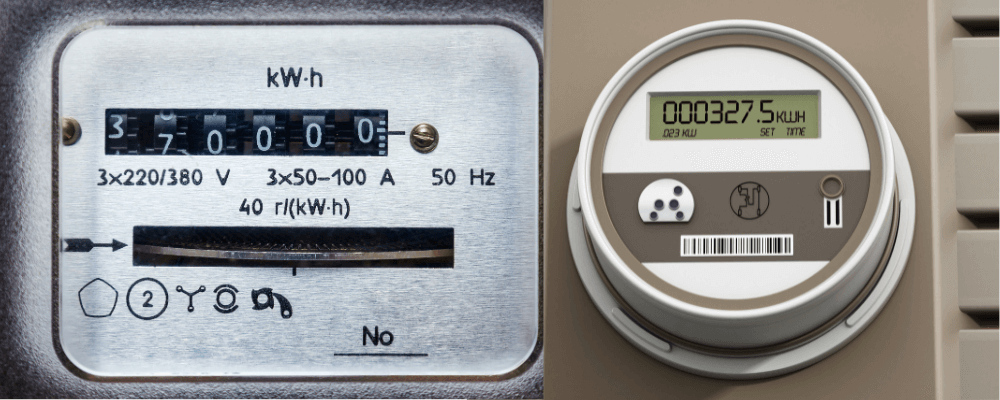Knowing how to check the load on your electric meter can help you monitor your energy consumption and ensure that your electrical system is operating efficiently. By understanding the load on your electric meter, you can make informed decisions regarding energy usage and potentially identify any issues that may arise. In this article, we will provide you with a step-by-step guide on how to check your electric meter load, empowering you to take control of your energy consumption.
A Comprehensive Guide on How to Check Your Electric Meter Load

Step 1: Locate Your Electric Meter
The first step is to locate your electric meter, which is usually installed outside your premises. It is typically found near the entrance or on an exterior wall. The electric meter measures the amount of electricity consumed by your household or business.
Step 2: Identify the Meter Display
Once you’ve located the electric meter, familiarize yourself with the display. Different types of electric meters may have varying displays, but most modern meters have a digital or LCD screen. The display should show the current energy usage and may cycle through different readings, including load information.
Step 3: Check for Load Indicator
Look for any load indicators on your electric meter display. Some electric meters have specific icons or symbols that represent the load or energy consumption. These indicators may be represented by arrows, numbers, or other symbols. Consult the user manual or manufacturer’s instructions for your particular electric meter model to identify the load indicator.
Step 4: Monitor the Load Reading
Once you’ve identified the load indicator, keep an eye on the reading. The load reading will typically display the amount of energy being consumed at that moment. This reading helps you gauge the current load on your electric meter.
Step 5: Understand Load Capacity
To determine whether the load is within the acceptable range, you need to know the load capacity of your electric meter. This information is often specified on the meter or can be obtained from your utility provider. Compare the load reading to the load capacity to ensure it is within the recommended limits.
Step 6: Note Usage Patterns and Adjust Accordingly
Monitoring the load on your electric meter over time allows you to identify usage patterns and make adjustments to optimize energy consumption. If you notice consistently high loads, it may indicate excessive energy usage or potential issues with appliances or electrical systems. Adjust your energy usage accordingly by implementing energy-saving practices or seeking professional assistance if necessary.
Conclusion:
Checking the load on your electric meter is a valuable practice that helps you understand and manage your energy consumption effectively. By following the steps outlined in this guide, you can locate your electric meter, identify the load indicator, monitor the load reading, and compare it to the load capacity. Regular monitoring of your electric meter load empowers you to make informed decisions regarding energy usage and promotes energy efficiency in your household or business.